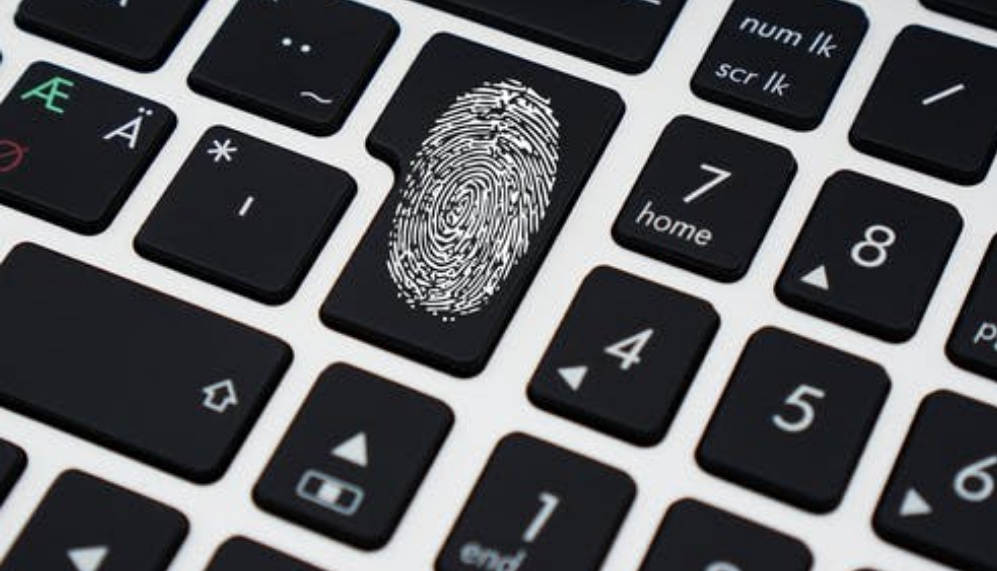In the present day, online anonymity has become more challenging to achieve, the internet that was once known to give users the ultimate privacy has now turned into a free flow web of information.
Every tech company right now is looking for new and improved ways to monitor and identify our every move to provide a better digital experience and to be more user-friendly.
According to a survey that was carried out in 2015, more than 80% of Americans said that online privacy is one of the critical factors that they consider before browsing the internet.
To achieve this, most experienced internet users install ad-blockers to ensure that they are not being monitored while others prefer to use VPN software to hide their real IP addresses. There are other simple methods that internet users make use of to delete online activities like clearing the cache after an online session.
What does a digital fingerprint pack include?
- IP address
- Cookie
- Browser/ Canvas Fingerprinting
You may already know the IP address and Cookie, for its really old technology, let me give a brief introduction to some green hands who know nothing about the online privacy.
What Can We Do for IP & Cookie tracking?
The most effective way to tackle this dilemma is to try to protect your online activity as much as possible. This means using any suitable technique to cover your tracks and make your browsing as private as possible.
Delete Existing Cookies and to Disable Cookies
A popular technique that data brokers employ to collect your information is by using cookies. Cookies are tiny packets text files that are stored on your device, which provides these companies with the necessary information that they need to make your online experience more personal to you.
Anytime you visit a site; your web browser automatically downloads cookies that are related to the site, this will be used to improve your experience when you revisit the website.
For example, when you visit a website for the first time on your device, the site will identify the kind of device that you are using to give you the most appropriate screen resolution, it will also be able to differentiate whether you are visiting the site for the first time or you are a returning visitor.
Hide Your IP Address
Hiding your IP address is one of the common and effective ways of ensuring online privacy and making sure that your identity is protected.
Your IP address is a unique set of numbers that is connected directly to your device. If you have the technical know-how, it is easy to monitor a user’s online activities, location, and other details as long as you know their device IP address.
However, even with all these methods of maintaining online privacy, many users see online monitoring as nothing serious to worry about and if it means letting off their privacy for convenience and a better personal online experience, then so be it. However, as simple and harmless as it sounds, this is a breach of the fundamental human rights.
This takes us to the purpose of this article, which is about your digital fingerprint, which is tiny bits of your data and how it affects your privacy. I’m sure you will be surprised to know that your digital fingerprint is currently in possession of numerous companies.
Understanding how online tracking works, the advantages and the disadvantages should be available to both the corporate entities and the individual that is directly concerned and not just the former alone.
You have the right to know how your data is being used, and digital fingerprinting is one of the widely used tracking methods that are rarely discussed.
What is Browser Fingerprinting?
Initially, the main reason behind the fingerprint technique was for individual security; browser fingerprinting is a technique that can be used to identify an individual based on their browser and device settings. To ensure that sites are opened correctly, your web browser will make some valuable information about your device to be accessible.
Details like the screen resolution of your device, your location, the OS details of your device, and language settings. These details make up what is widely known as your digital fingerprint.
Canvas Fingerprinting
This is the latest method of collecting data information. Basically, websites are designed in HTML5 code and within this code, and there is a small code that obtains your browser’s fingerprint, which is called canvas.
HTML5 is the platform on which every website is built. Basically, it means that the HTML5 canvas provides specific data like the font size, background color, and the screen resolution of the user’s browser. This data serves as the unique fingerprint of the user.
The difference between cookies and fingerprint is that the latter does not load data from your device, so it’s impossible to delete any data, unlike cookies. The fingerprint data is stored somewhere else.
You can check your browser fingerprinting from, https://amiunique.org/fp.
With these details, it is quite easy for anyone with the technical know-how to gather this data and use it to monitor your online activity. It might look impossible to come up with a unique fingerprint considering the number of settings and data that is available to every user because there are a lot of possible combinations.
However, I can tell you that it is achievable. Once your data has been gathered, your fingerprint hardly changes, which makes the technique a dependable one. This basically means that even if you use any of the widely known methods of hiding your IP address, whether by using a VPN or clearing your cache, trackers can still make use of your fingerprint to identify you.
Importance of Fingerprint
Using cookies to track online users has become less efficient, and this has led trackers to look for better techniques to monitor online activity. Most of the companies that supported the invention of the fingerprint techniques realized the enormous commercial benefits that they can derive from this idea, and they quickly tapped into it. Basically, fingerprinting is one of the effective tracking methods used by corporate entities that are known as ‘data brokers.’ These companies make use of your fingerprint to monitor your online activity.
Although, trackers might not be able to get your picture or know your name through your fingerprint, however, they can have a way of identifying you by the kind of websites that you visit and the searches you perform or the type of social media platforms that you mostly visit. With these, trackers can create a basic profile of the kind of person that you are, including your age, location, interests, and language. They can sell this profile to companies that will relentlessly litter your device and social media platforms with ads that will match your interests.
Although they are used continuously to violate your privacy, fingerprinting and other tracking techniques come with the advantages too. They are still efficient in providing security for the user, making sure that you are not vulnerable to software piracy, credit card fraud, and other potential security issues. Most companies are still using fingerprinting to track and block online thieves.
Online advertising has become a pivotal way for large social media platforms like Facebook to generate money; in 2017, Facebook made a 97% profit of their money from digital advertising. Another advantage of online advertising is that it keeps you informed about the things that are relevant to you.
While browser fingerprinting may seem complicated, like a daunting issue to some, mitigating your browser fingerprint is quite easy.
For internet users seeking the highest levels of privacy and security, I’d recommend utilizing virtual machines or using VPN services.

